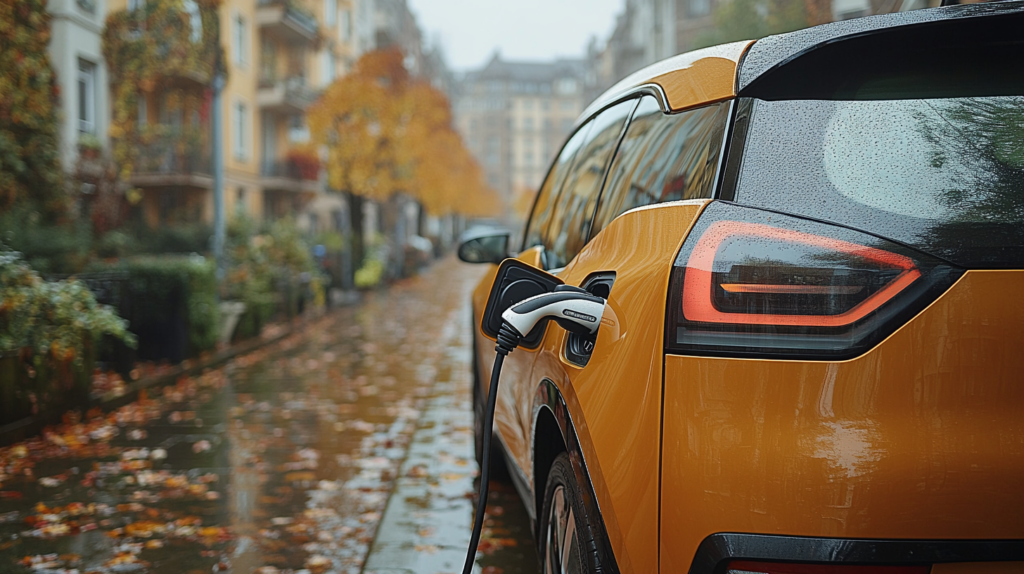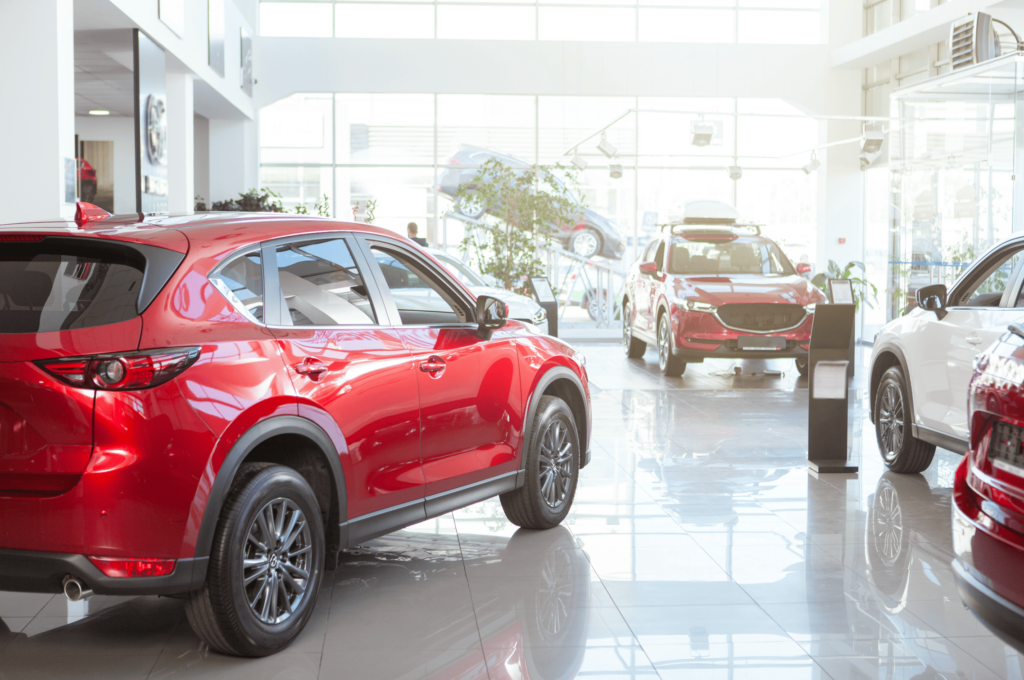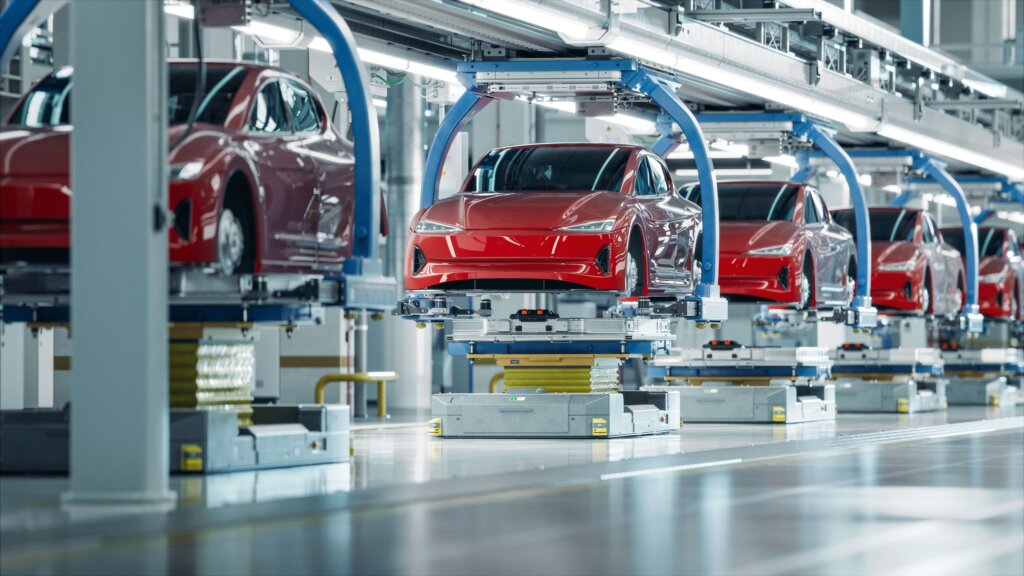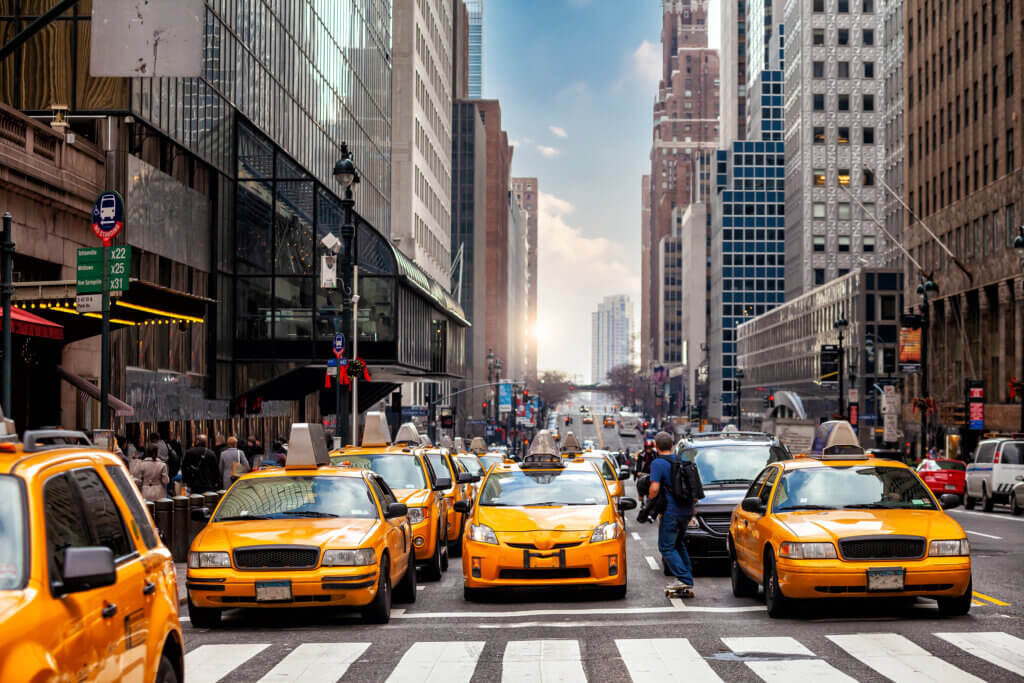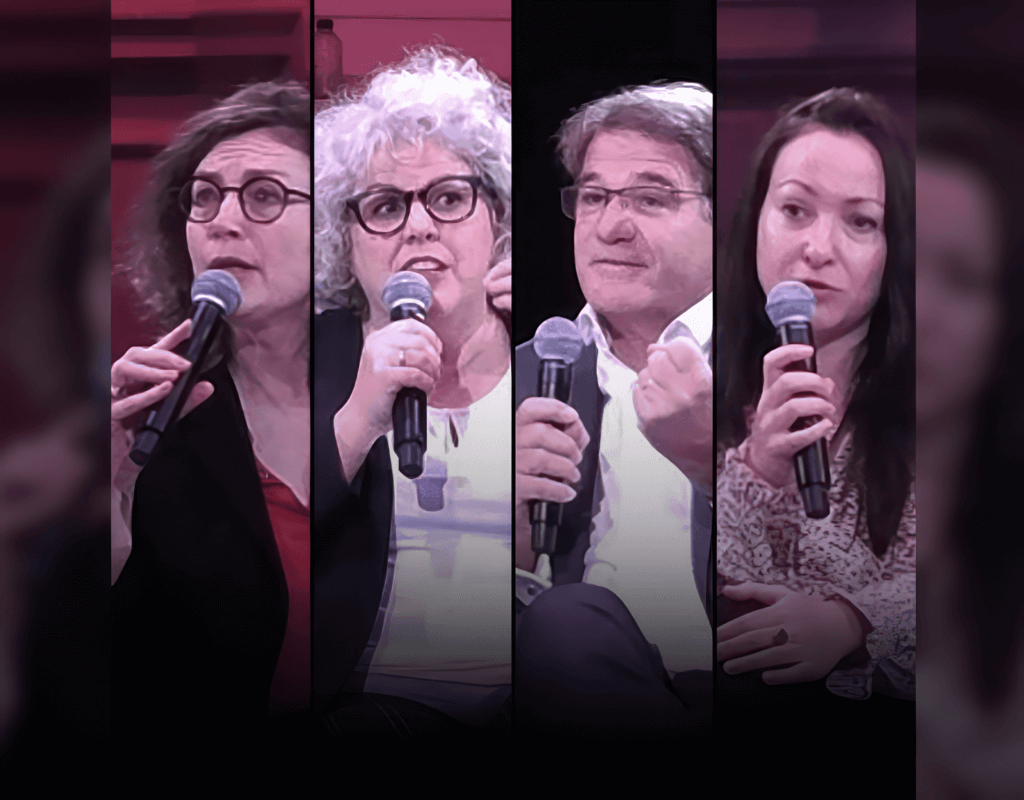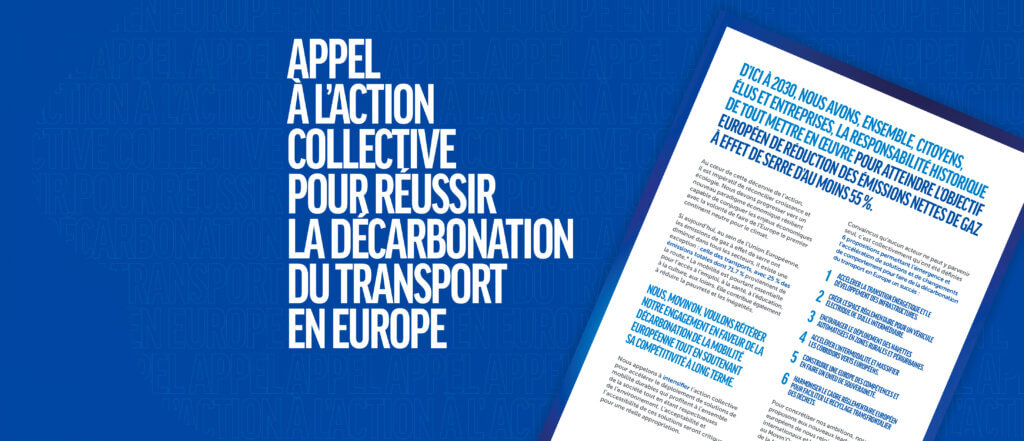G20: two Corridors of Hope
At the G20 Summit in New Delhi, India last week, President Joe Biden and Prime Minister Narendra Modi co-hosted a group of the G20 leaders focused on investing in transport infrastructure to develop two economic corridors and enable a clean energy transition.
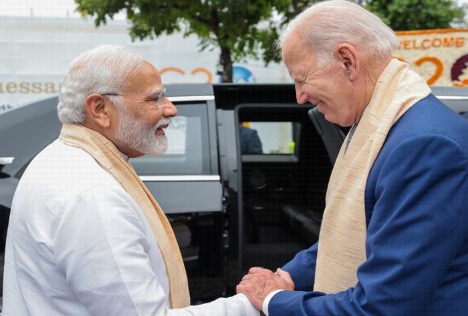
At the annual G20 Summit in New Delhi, India last week, President Joe Biden and Prime Minister Narendra Modi co-hosted a group of the G20 leaders focused on investing in infrastructure to develop economic corridors and enable a clean energy transition.
Allied through the Partnership for Global Infrastructure and Investment (PGI), leaders from the United States, European Union, France, Germany, India, Italy, Japan, Mauritius, the United Arab Emirates, Saudi Arabia, and the World Bank on September 9, 2023 met on the sidelines of the Summit.
The G7 created this infrastructure and investment partnership last year, with the aim of mobilizing US$ 600 billion by 2027 to narrow the infrastructure investment gap in partner countries. Their statement expressed a collective urgency to make meaningful progress in narrowing the infrastructure gap between the wealthy G20 countries and the lower and middle-income countries.
At the PGI meeting, President Biden announced new projects – a ground-breaking India-Middle East-Europe Economic Corridor, and a partnership between the European Union and the United States in support of expanding Africa’s Lobito Corridor in Angola, the DRC and Zambia.
A multinational rail and shipping project, the U.S.-backed India-Middle East-Europe Economic Corridor (IMEC) will be built as two separate routes, the eastern corridor connecting India to the Arabian Gulf and the northern corridor connecting the Arabian Gulf to Europe.
This railway is expected to be part of a reliable, cost-effective ship-to-rail transit network, enabling goods and services to transit to, from, and between India, the United Arab Emirates, Saudi Arabia, Jordan, Israel, and Europe.
Along the railway route, IMEC participants intend to enable the laying of cable for electricity and digital connections, and pipe for clean hydrogen export. This corridor is expected to secure regional supply chains, increase trade, and support an increased emphasis on environmental, social, and government impacts.
“This is a really big deal,” President Biden said, detailing the new IMEC Corridor. He envisions the pact as unlocking “endless opportunities” for clean energy. He said it would lead to a “more stable, more prosperous and integrated Middle East.”
“TODAY, AS WE EMBARK UPON SUCH A BIG CONNECTIVITY INITIATIVE, WE ARE SOWING THE SEEDS FOR FUTURE GENERATIONS TO DREAM BIGGER. ENHANCING CONNECTIVITY WITH ALL REGIONS HAS BEEN A KEY PRIORITY FOR INDIA. WE BELIEVE THAT CONNECTIVITY IS A MEANS TO NOT ONLY INCREASE MUTUAL TRADE BETWEEN DIFFERENT COUNTRIES BUT ALSO MUTUAL TRUST.”
– Narendra Modi, Prime Minister of India
The transformative partnership has the potential to usher in a new era of connectivity from Europe to Asia with a railway, linked through ports, connected through the Middle East, participants said.
This will create “novel interconnections to facilitate global trade, expand reliable access to electricity, facilitate clean energy distribution, and strengthen telecommunications links,” they said.
Participants plan to meet within the next 60 days to develop and commit to an action plan complete with timetables.
But experts caution that the new India-Middle East-Europe Economic Corridor could cut in on China’s own Belt and Road Initiative (BRI), a global infrastructure development strategy adopted by the Chinese government in 2013.
The BRI also has two branches. The Silk Road Economic Belt links China by land with Asian countries to the south and across Central Asia, Russia and Europe. The other branch is a Maritime Silk Road, a sea route connecting China’s coastal regions with southeast and south Asia, the South Pacific, the Middle East and Eastern Africa, and Europe.
China said on Monday that it does not oppose the India-Middle East-Europe Economic Corridor as long as it does not become a “geopolitical tool.”
The Chinese Foreign Ministry said that China “welcomes” all initiatives that truly help developing countries build infrastructure and sincere efforts to promote connectivity and common development.
For its part, on September 9, the G20 Summit admitted the African Union, with its 55 Member States, as a permanent member of the G20, showcasing the Group’s inclusion of more developing countries.
Out of Africa By Rail
On central Africa’s Atlantic coast, in the Angolan province of Benguela, lies Lobito Bay and the Port of Lobito. The port, and the Benguela railroad that serves it, make up the Lobito Corridor, also called the Trans-African Corridor, stretching more than 1,300 kilometres (808 miles) into the continent.
This Corridor will enhance connections between Lobito Port, the Katanga region of the DRC, and Zambia’s Copper Belt.
The Corridor connects Port Lobito in two directions – by sea with the European continent, and by rail with Angola’s neighbors, the Democratic Republic of Congo (DRC) and Zambia.
In December 2022, during the U.S.-Africa Leaders Summit in Washington, the United States signed a memorandum of understanding with the DRC and Zambia for development of an integrated value chain for the production of EVs – from mineral extraction to battery assembly line.
This MOU advances U.S. government’s goal of securing a reliable supply of minerals necessary for the clean technologies that will enable a low-carbon transition.
Described by U.S. Secretary of State Antony Blinken as “a truly important initiative for the future,” the MOU demonstrates the Biden Administration’s approach to an Africa emerging as a supplier of critical minerals.
The International Energy Agency observed in a May 2021 report, “Due to this global shortage of critical minerals, Africa – which is home to around 30 percent of the world’s mineral reserves – has become a site of great power competition.”
The DRC produces close to 70 percent of the world’s cobalt, essential for EV batteries. Zambia is Africa’s second-largest producer of copper, used in electrical equipment such as wiring and motors.”
Mineral-Rich Countries Need Export Routes
The International Energy Agency estimated in the report, titled, “The Role of Critical Minerals in Clean Energy Transitions,” that global demand for minerals to produce EVs and batteries will grow at least 30-fold by the year 2040. “Lithium sees the fastest growth, with demand growing by over 40 times … followed by graphite, cobalt and nickel (around 20-25 times). The expansion of electricity networks means that copper demand for grid lines more than doubles over the same period.”
The IEA reports, “Some minerals such as lithium raw material and cobalt are expected to be in surplus in the near term, while lithium chemical, battery-grade nickel and key rare earth elements (e.g. neodymium, dysprosium) might face tight supply in the years ahead.” But the IEA estimates the supply from existing mines and projects under construction will meet “only half of projected lithium and cobalt requirements and 80% of copper needs by 2030.”
Supplying critical minerals to the world depends on the once-important, destroyed and reconstructed Benguela Railway running from the Port of Lobito to the DRC border.
Soon after Angola became independent of Portugal in 1975, the railway was damaged in the Angolan Civil War. The conflict ended in 2002, but the rail line had been out of use for years.
Then, between 2006 and 2015, a Chinese company, the China Railway 20 Bureau Group Corporation, reconstructed the Benguela Railway at a cost of US$1.83 billion, according to state news agency Xinhua.
In October 2019, the reconstructed Benguela Railway was officially handed over to the Government of Angola.
Then, in 2022, the Lobito Atlantic Railway company secured a 30-year concession for railway services along the Benguela Railway in a joint venture with Trafigura, a Singapore-based company, Mota-Engil of Portugal, and Vecturis SA, a Belgium-based rail operator.
To support their operations, the company pledged to invest US$455 million in Angola and up to US$100 million in the DRC.
EU and US Support Lobito Corridor
On September 9, during the G20 meeting, the United States and the European Union welcomed the commitment by Angola, Zambia and the DRC to develop the Lobito Corridor.
Together with the three African countries, the European Union and the United States are conducting feasibility studies for a new greenfield rail line expansion between Zambia and Angola.
As partners, the EU and the USA will upgrade critical infrastructure across sub-Saharan Africa to unlock the enormous potential of this region. “We are excited to join forces to generate economic benefits with our partners in Angola, the Democratic Republic of the Congo and Zambia,” the two governments said in a statement.
“Together, as part of this corridor, we’re going to invest in a new rail line that will extend from the western port in Angola to the DRC, to Zambia, and ultimately, the Indian Ocean,” President Biden announced September 9.
“IT’S A PROJECT THAT’S FAR FROM JUST LAYING TRACKS. IT’S ABOUT CREATING JOBS, INCREASING TRADE, STRENGTHENING THE SUPPLY CHAINS, BOOSTING CONNECTIVITY, LAYING FOUNDATIONS THAT WILL STRENGTHEN COMMERCE AND FOOD SECURITY FOR PEOPLE ACROSS MULTIPLE COUNTRIES. THIS IS A GAME-CHANGING REGIONAL INVESTMENT.”
– Joseph Robinette Biden, Jr., President of the United States.
Both projects – the IMEC and the Lobito Corridor are part of a PGI process launched last year by EU President Ursula von der Leyen, President Biden, and the Indonesian President Joko Widodo during the G20 summit in Bali.
India and U.S. Rely on Renewables
The India-U.S. G20 meetings in New Delhi produced substantial funding for renewables. The U.S. has approved US$425 million in financing to TP Solar Limited, a subsidiary of India’s Tata Power Company Ltd, to build and operate a solar photovoltaic cell and module factory in Tamil Nadu, India.
The two governments are advancing investment platforms to lower the cost of capital and accelerate greenfield renewable energy, battery storage, and green technology projects in India. India’s National Investment and Infrastructure Fund and the DFC exchanged letters of intent to each provide up to US$500 million to anchor a renewable infrastructure investment fund.
Finally, the United States and India have committed to contribute public finance and mobilize philanthropic finance to supply 10,000 electric buses to India, providing climate benefits and diversifying the global e-mobility supply chain.
Toute l’actualité de Movin’On
dans votre boîte mail
Auteur
Partager
Tweets de @movinonconnect
Movin'On 2035 TODAY EP02 - Circular Economy & Competitivity
Movin’On 2035 TODAY EP01 – Fair Mobility for All https://x.com/i/broadcasts/1yNxagBrWZbGj
✨ THAT'S A WRAP!
Movin'On Summit 2024 has just concluded in Brussels!
More than 350 leaders and experts in sustainable mobility gathered to exchange ideas, collaborate, and share their vision for desirable and decarbonised mobility in Europe. Together, we explored ways to build…
🔴 Live from #MovinOnSummit2024
@AshaSumputh has just invited Denis Machuel, CEO at @AdeccoGroup and Florent Menegaux, President of the @Michelin Group & President of Movin'On
L’actualité de la mobilité durable
Découvrez les dernières tendances, des analyses thématiques et nos prochains rendez-vous

